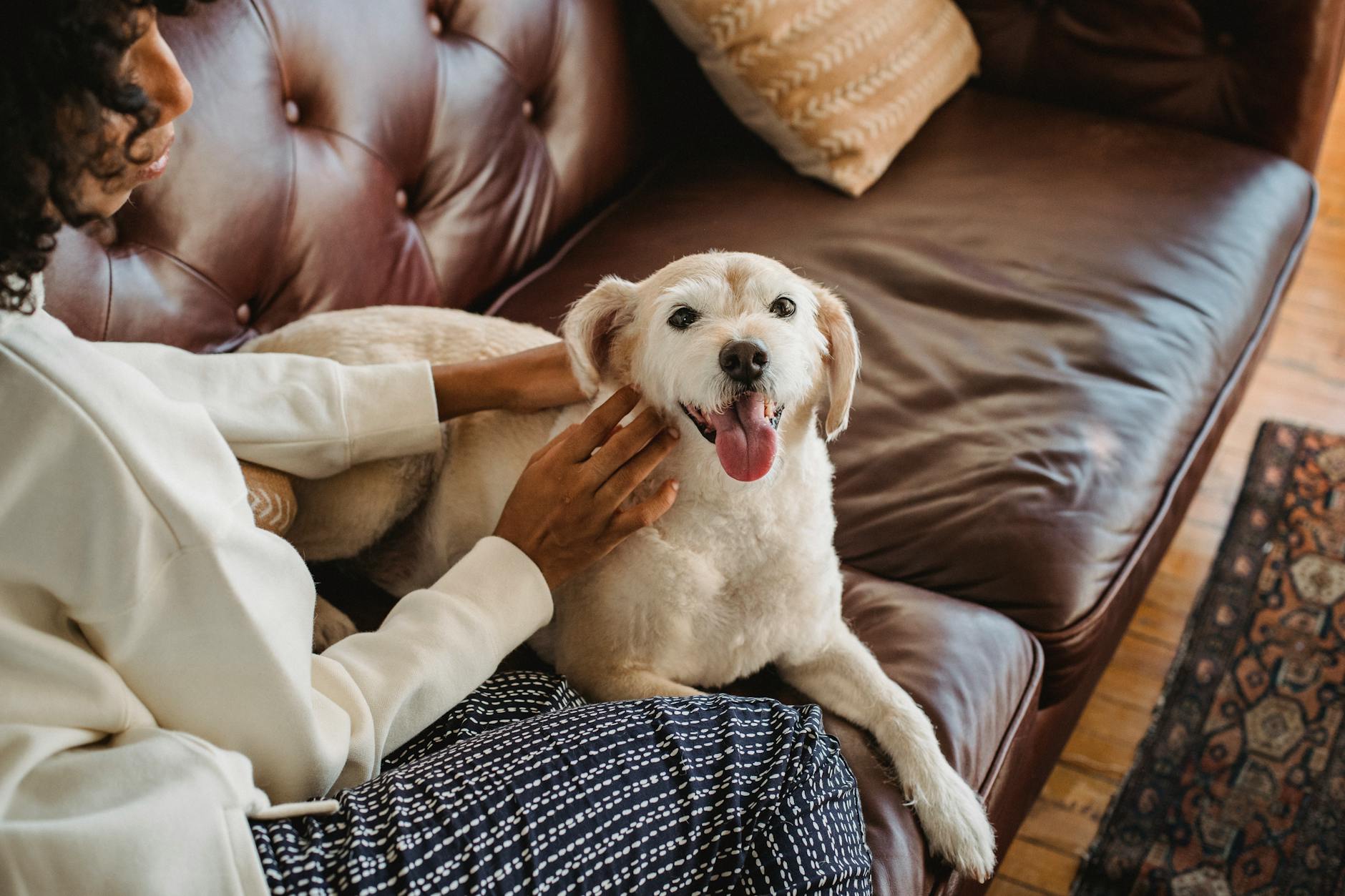Get Woofin Wise: Dog Training Cost Factors

As a dog owner, you want the best for your furry friend, which includes providing them with proper training. Dog training is an essential part of canine care that not only helps with obedience but also ensures the safety of your dog and others. It strengthens the bond between you and your pal and fosters an understanding that is necessary for a harmonious relationship.
Understanding the costs associated with dog training can help you prepare financially and choose the right training program for your pup. Below, we delve into various aspects of dog training prices to help you navigate your pup's obedience journey wisely.
Different Types of Dog Training
Before we get into the costs, it's important to know that prices may vary widely depending on the type of training you choose for your dog. Here are some common training types:
-
Puppy training classes: These are essential for socializing your puppy and laying the foundation for future obedience training.
-
Basic obedience classes: These classes teach basic commands like sit, stay, come, and heel.
-
Advanced obedience: For dogs who have mastered basic commands, advanced classes challenge them further.
-
Specialized training: Includes agility training, therapy dog training, and training for dogs with behavioral issues.
-
Private lessons: One-on-one training tailored to your dog's specific needs.
Cost Influencing Factors
Several factors can affect the price of dog training:
-
Trainer's expertise: More experienced trainers typically charge higher rates.
-
Location: Training costs can be higher in urban areas.
-
Training method: Board and train programs, where your dog lives with the trainer, can be more expensive.
-
Duration and frequency of sessions: Longer or more frequent sessions will cost more.
-
Group versus private: Private lessons are often more costly than group classes.
Average Costs
Prices can vary greatly from one locale to another and from one trainer to another, so it’s always best to shop around and ask for recommendations.
Tips for Budgeting
-
Assess your needs: Determine what type of training your dog needs and prioritize.
-
Research: Look for trainers in your area and compare prices.
-
Ask for deals: Some trainers offer discounts on package deals or for rescue dogs.
-
Do some yourself: By reading books, watching videos, and attending classes, you can train your dog yourself, saving money.
Conclusion
Dog training is a valuable investment in your dog's future and your relationship with them. While costs may vary, preparing your budget and understanding your options will ensure that you choose the right training path. Remember that the most expensive trainer isn't always the best fit for your dog, and the cheapest isn’t always the worst. Look for value, reputation, and the connection between the trainer and your pup.
Ultimately, a well-trained dog is a happier, safer companion, and investing in their training is a wise decision that pays off in the long run. Get 'woofin wise' on your pup’s obedience journey!